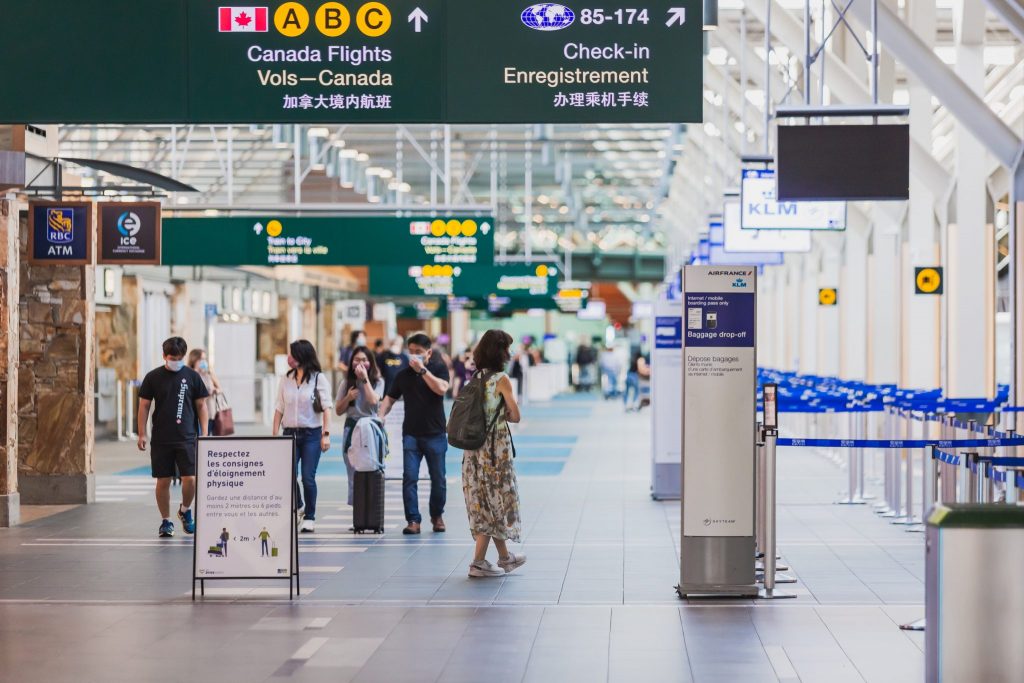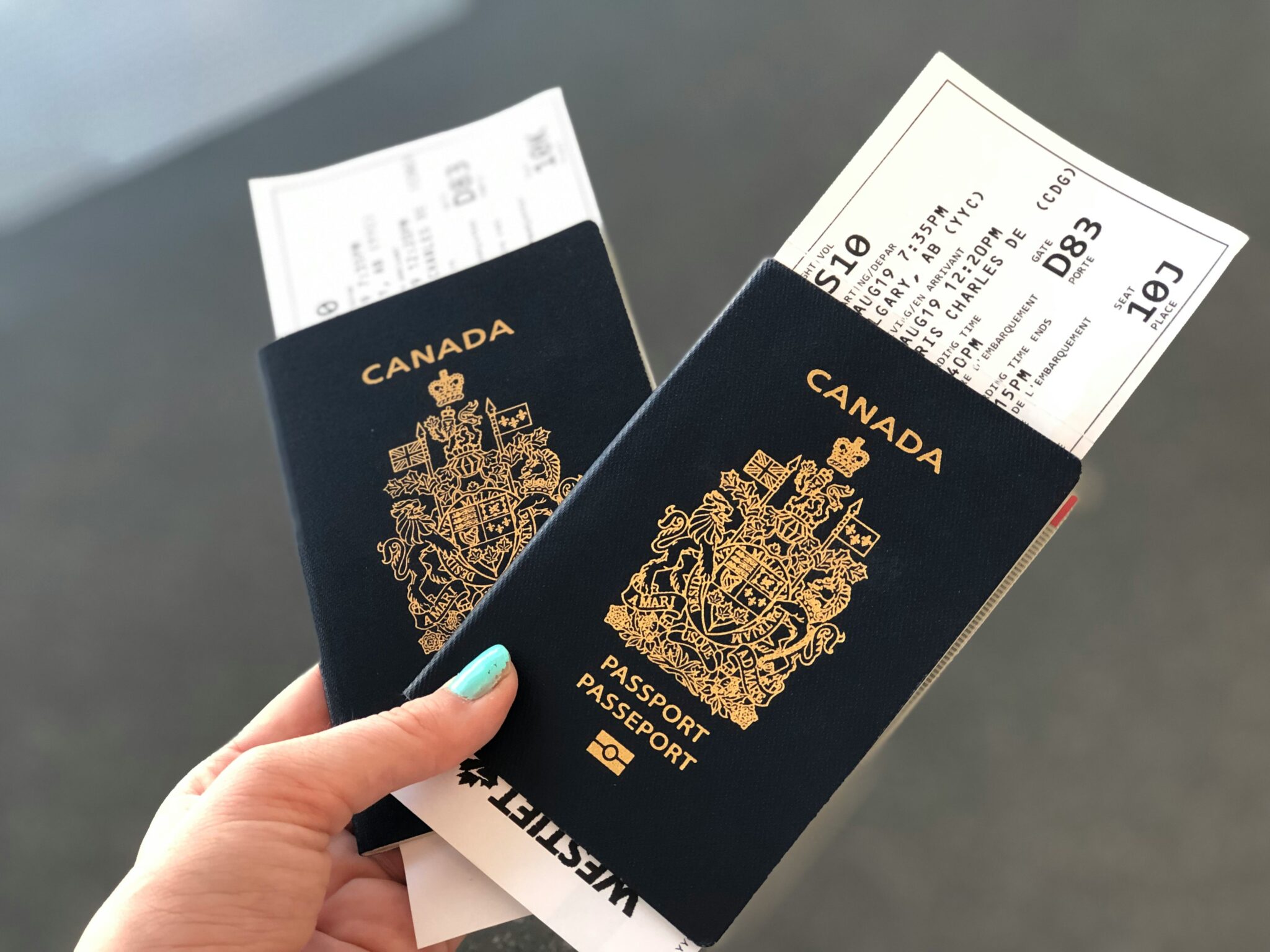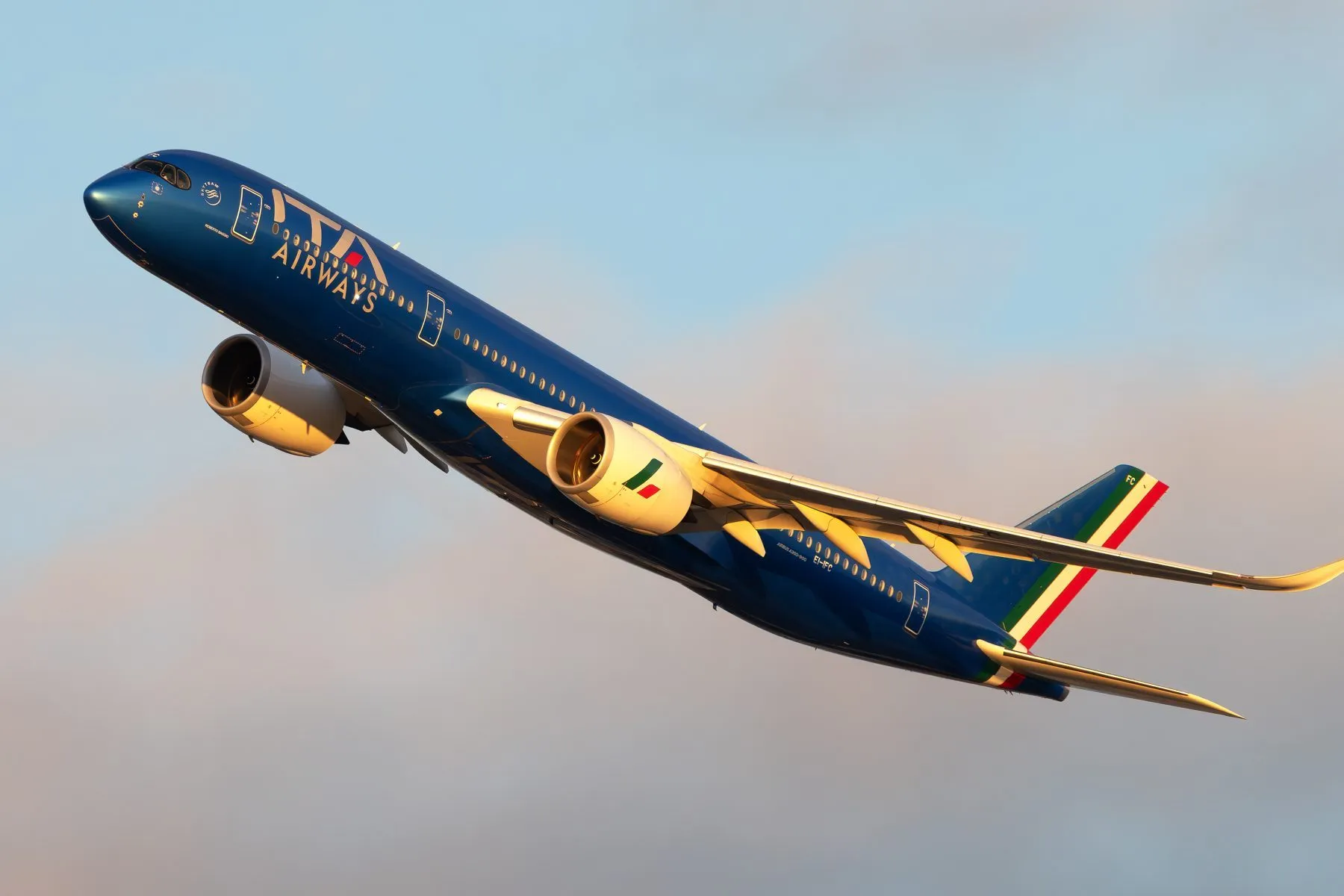How Canadian Airports Are Navigating a Return to Leisure Travel

Skift Take
On the heels of its announcement that it would allow fully vaccinated U.S. citizens and permanent residents to visit, Canada has added five more airports to its list of airports that will be allowed to welcome travelers starting August 9.
The addition makes a total of nine airports that will welcome essential and leisure travelers starting with the U.S in August and then other countries on September 7. The U.S., on the other hand, has extended its travel ban for Canada through August 21.
The first four airports –– Montreal, Toronto, Calgary and Vancouver –– had only been welcoming travelers on essential business.
Here’s a look at how some of these airports are working to ensure safer travels:
Digital by default, human by choice
At Vancouver International airport, officials are focusing on meeting the needs of travelers in a pandemic and a post-pandemic world as well as how to adapt to changing needs.
Its new strategy called the Passenger Journey Strategy is the airport’s opportunity to improve the passenger experience.
“We're looking at better ways to make the passenger experience effortless,” said Robyn McVicker, the vice president of passenger journey at Vancouver. “And over the last year at YVR, we've redesigned our entire passenger experience. We’re looking at how we anticipate what our travelers are going to want and need through the process so that the airport experience is a delight as they come.”
Officials described the passenger experience as digital by default and human by choice. Where to move things efficiently, McVicker said the airport is creating touchless or low touch experiences wherever possible for who may be wary.
“We want to make sure that if people are digitally inclined, they can do everything as much as possible on a digital platform,” McVicker said. “But should they need help, we’ve got people perfectly positioned to help them through the journey.”
In addition to easing travel, the airport has provided step-by-step instructions online for passengers departing and arriving at the location.
“We ask for people to have a little bit more patience as they're traveling,” McVicker said. “The processes are a little longer and in some cases there's a few extra processes. So, people need to make sure that they're providing the right health information.”
testing and educating
At Edmonton International airport, officials say there will be testing sites onsite that is funded and staffed by the federal government later on next month. These sites will be for travelers coming into Edmonton from another country who can have their covid tests done upon arrival.
International travelers departing from the airport will also have access to an established testing site by NUMI Health, a mobile medical service. As travelers are required to have proof of a negative tests by their international destinations, the site is available do provide both the antigen and PCR covid testing.
Traci Bednard, the vice president of corporate and digital communications, said these tests can be booked online for the ease of passengers.
“People really need to understand what the requirements are because they're different at different destinations,” Bednard said. “So the benefit of being able to book these tests online is so people can research.”
The airport has also implemented the EIA Travel School 101, an online resource, that provides daily tips to help travelers prepare for their upcoming travel.
“Our chief focus is to try to educate travelers because many people haven't been on a plane for a year and a half,” Bednard said.
An example of their useful tip is for residents of Canada to start the download of the ArriveCan app where they will need to upload their proof of vaccination and negative PCR covid test before they can fly back to Canada –– to remove the stress when they return.
NEWER SOLUTIONS
Through its already launched Healthy Airport Initiative, Toronto Pearson International airport and its airline partners are trying out new solutions and technology to make the airport experience healthier for its passengers.
For example, it introduced Contactless Priority lines this month which will enabling Priority passengers to quickly scan their documents and proceed through check-in without meeting with an airline representative for document verification.
The airport is also trialing a new technology that makes elevators touchless, so that passengers can operate them with their smartphone. The bluetooth-enabled elevators can be used through a control app, which passengers can download using a QR code.
“Our Healthy Airport program continues to evolve, with its central pillar being a promise to passengers and employees that we will continue to try any new innovations that promise a safer, healthier and more seamless airport experience,” said Robin Smith, senior advisor of communications, in a statement.
As a safety guideline, masks are still required by the federal government at all Canadian airports. While fully vaccinated travelers will not need to quarantine for three nights when they arrive, they are required to show a pre-entry negative PCR test. However, they are also exempted from a post-arrival test.




